|
Getting your Trinity Audio player ready... |
Tabla de Contenido/ Table of Contents
- 1 MIA: A Critical Infrastructure in Decline and the Inaction of Its Leaders
- 1.1 Mayor Daniella Levine Cava to Present a Key Memorandum on the State of Miami International Airport
- 1.2 The Relevance of Ordinance 19-122 and Its Impact on MIA’s Deterioration
- 1.3 Electrical Infrastructure on the Brink of Collapse
- 1.4 Where Is Preventive Maintenance?
- 1.5 What Have Leaders Done in Four Years of Meetings?
- 1.6 The Responsibility of Ralph Cutié, Kevin Marino Cabrera, and Daniella Levine Cava
- 1.7 The Cost of Inaction
- 1.8 We Demand Answers and Immediate Action
- 1.9 Frequently Asked Questions (FAQs)
- 1.10 Conclusion
MIA: A Critical Infrastructure in Decline and the Inaction of Its Leaders
Miami International Airport (MIA), one of South Florida’s most important economic engines, is in a concerning infrastructure crisis that endangers not only its operations but also the safety of the millions of passengers who transit it annually. A recent feasibility report on Building 3090 at the airport reveals an alarming lack of maintenance and management, a reality that points directly to the negligence of its administrators and county authorities.
Mayor Daniella Levine Cava to Present a Key Memorandum on the State of Miami International Airport
On Wednesday, January 22, 2025, at 9:30 a.m., at the Miami-Dade Government Center, Mayor Daniella Levine Cava will present a memorandum to the Board of County Commissioners titled:
“Report regarding Feasibility Reports completed pursuant to the Master Services Agreement with Florida Power & Light Services, LLC – Directive No. 241760.”
This document addresses the first feasibility study completed under the Master Services Agreement (MSA) with Florida Power & Light Services, LLC (FPL). The report focuses on the state of the electrical system in Building 3090 at Miami International Airport (MIA), a key component of airport operations, and proposes solutions to modernize its outdated electrical infrastructure.
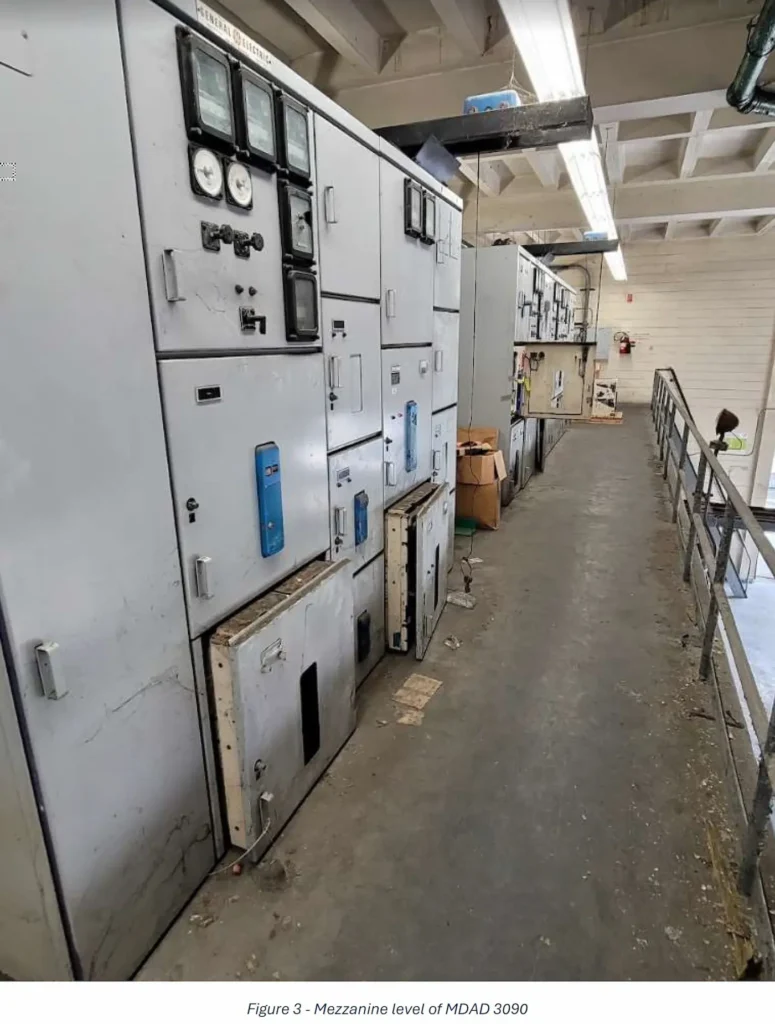
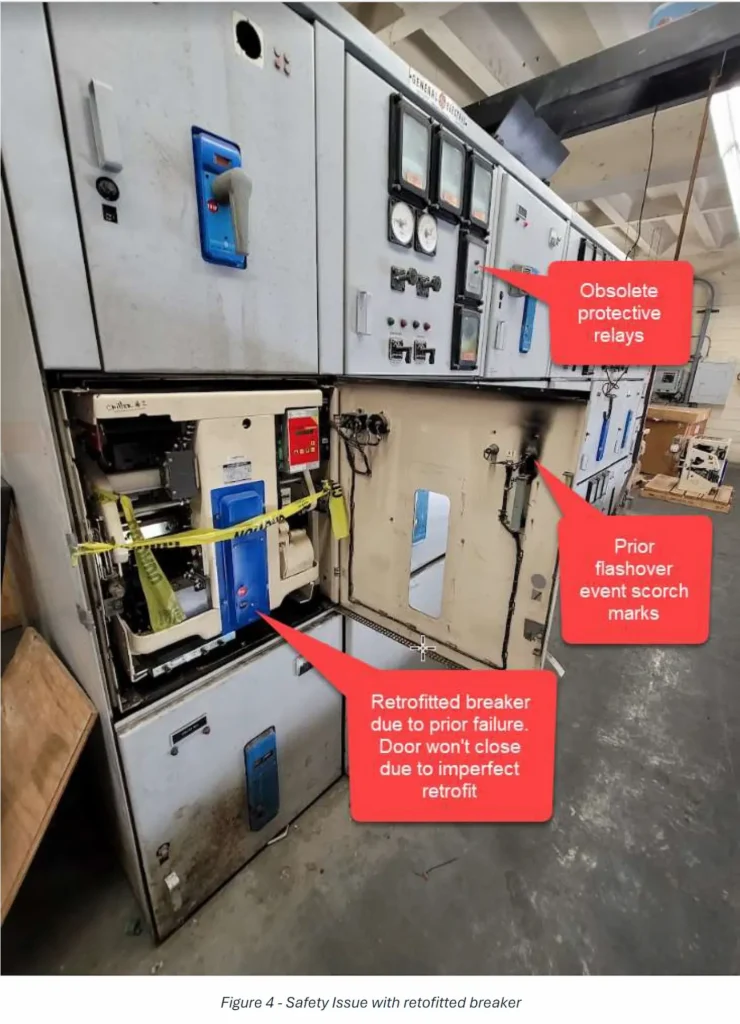
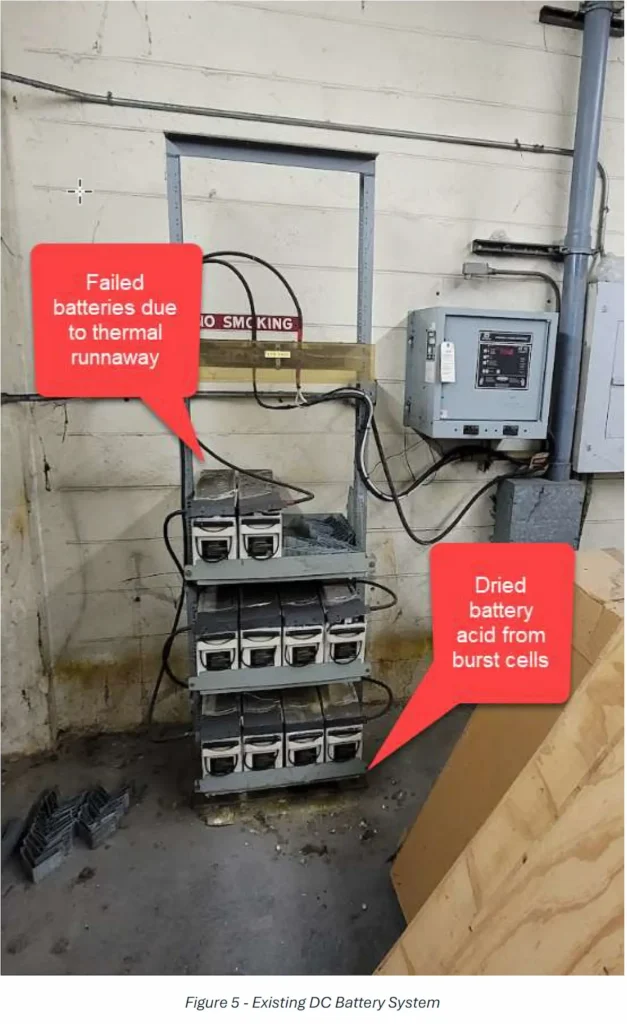
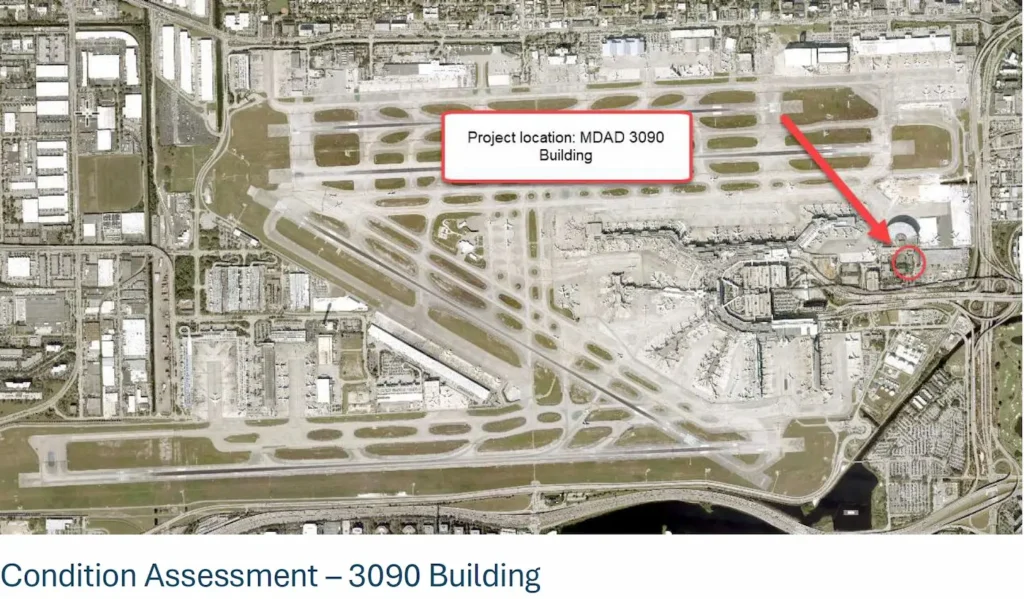
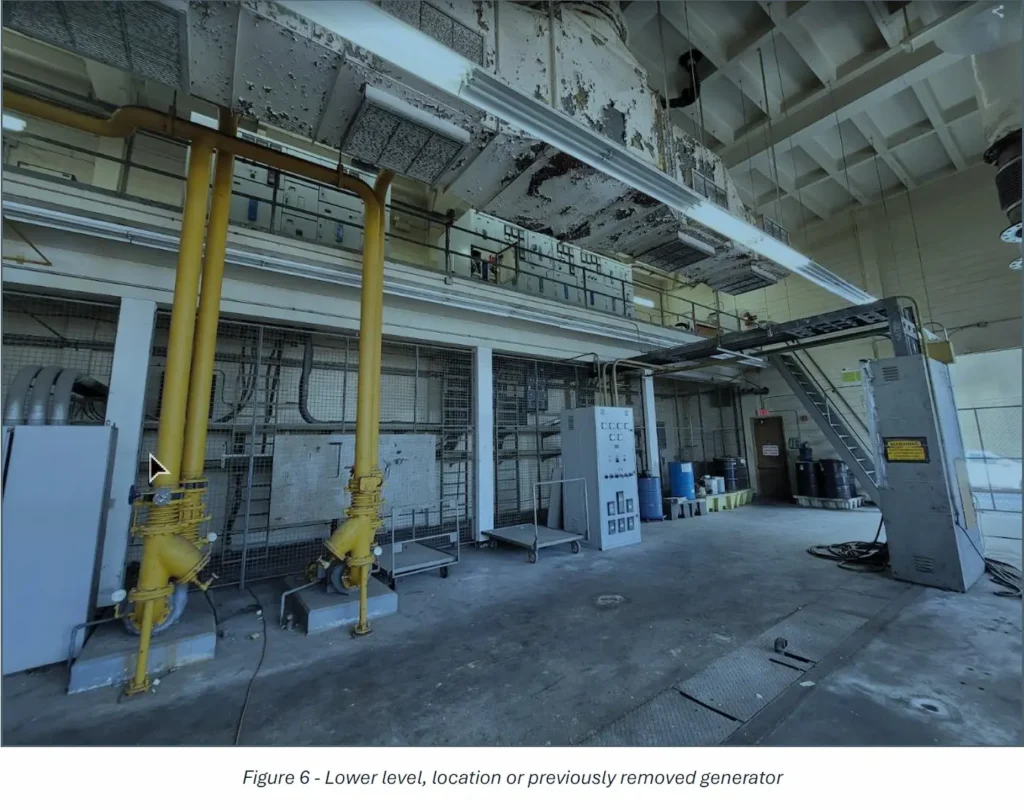
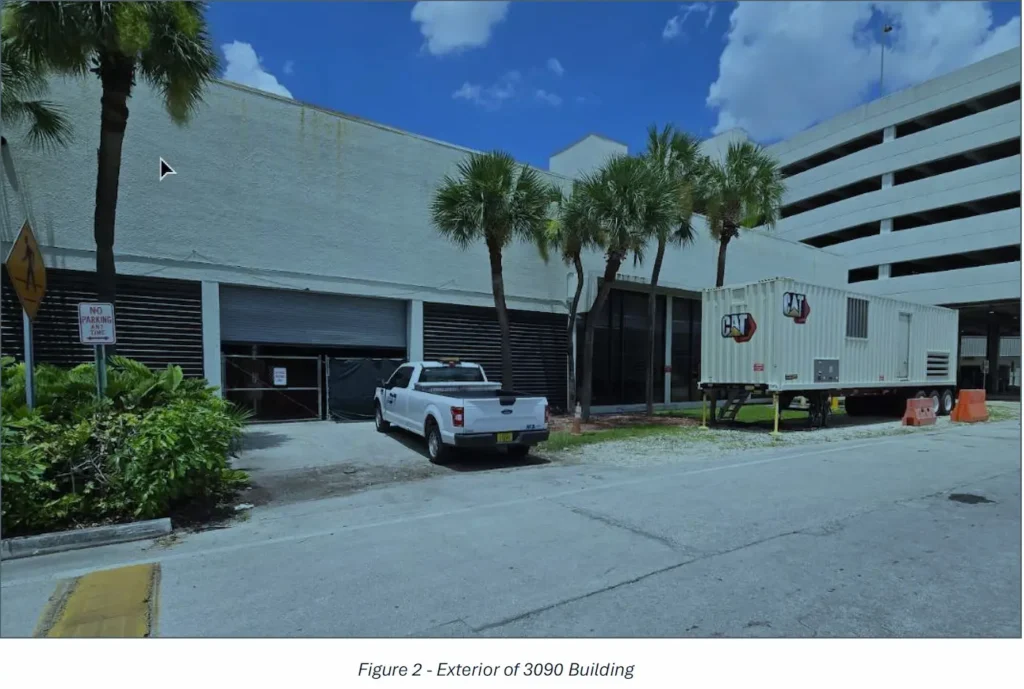

The Relevance of Ordinance 19-122 and Its Impact on MIA’s Deterioration
On December 3, 2019, the Miami-Dade County Board of Commissioners adopted Ordinance 19-122, creating Section 2-285.2 of the Miami-Dade County Code. Known as the Miami-Dade Aviation Department Capital Improvements Acceleration Ordinance, this legislation aimed to ensure oversight and transparency in the execution of capital projects at Miami International Airport (MIA).
What Does Ordinance 19-122 Require?
Ordinance 19-122 mandates the preparation of a monthly report called the “Aviation Capital Program Report,” which includes:
- Procurement Status: A summary of procurement activities related to approved projects.
- Financial Status: Detailed information about the budgetary and financial aspects of the projects.
- Monthly Changes: A “Summary of Changes” section highlighting differences between the current and previous month’s reports.
The ordinance’s goal is to provide an effective monitoring tool to ensure projects are executed within budget, on schedule, and with the required quality standards.
Electrical Infrastructure on the Brink of Collapse
The report details the critical state of the electrical system in Building 3090, a vital component of the airport’s operation. This system features obsolete equipment over 50 years old and presents severe safety issues:
- Generator Out of Service: The original emergency generator failed years ago and has not been replaced. The building currently operates with a rented generator, incurring high operational costs and risks.
- Deteriorated Electrical Equipment: The electrical distribution system shows makeshift and hazardous repairs, with exposed components and no available replacements due to its outdated design.
- Collapsed Battery System: Auxiliary batteries have failed, showing evidence of overheating and irreversible damage.
This deterioration is not a recent issue; it is the result of years of neglect and poor planning by airport officials and county authorities.
Where Is Preventive Maintenance?
Maintenance is a fundamental pillar in managing any critical infrastructure. At MIA, this appears to have been entirely neglected. There are several types of maintenance, classified by focus and purpose, that could have been implemented to avoid this crisis:
Corrective Maintenance
- Definition: Repairing equipment or systems after they fail or experience a breakdown.
- Characteristics:
- Reactive, performed after a fault is detected.
- Can be costly due to unplanned downtime.
Preventive Maintenance
- Definition: Scheduled tasks to prevent failures and extend the equipment’s lifespan.
- Characteristics:
- Based on a schedule or the equipment’s usage time.
- Reduces the likelihood of unexpected failures.
Predictive Maintenance
- Definition: Constant monitoring of equipment to predict failures before they occur.
- Characteristics:
- Uses tools like sensors, vibration analysis, and ultrasound.
- Optimizes resources and avoids unnecessary interventions.
Proactive Maintenance
- Definition: Identifying and eliminating root causes of failures before they manifest.
- Characteristics:
- Focuses on failure analysis and continuous improvements.
- Prevents long-term problems.
The failure to implement these maintenance types at MIA reflects inadequate management of an essential infrastructure for the county.
What Have Leaders Done in Four Years of Meetings?
For the past four years, the commissioners and Mayor Daniella Levine Cava have met every Wednesday to follow up on the Miami International Airport project. These meetings, intended to oversee and manage the airport’s development and maintenance, have not produced tangible results that justify the current critical state of the infrastructure.
The question is inevitable: What have they been supervising during this time?
- What projects have been prioritized? Instead of addressing preventive maintenance and the modernization of Building 3090’s electrical system, resources seem to have been diverted to less urgent areas or mismanaged.
- Where has the money gone? Funds allocated to ensure the proper functioning of the airport should have been used wisely, but the evident deterioration of Building 3090 suggests severe misjudgment and oversight in the use of these resources.
These weekly meetings should have been a tool to identify and solve problems before they became crises. However, the airport’s current state demonstrates a lack of vision and a disconnect from the actual needs of this critical infrastructure.
The Responsibility of Ralph Cutié, Kevin Marino Cabrera, and Daniella Levine Cava
Ralph Cutié: Leader of Miami International Airport
Ralph Cutié has worked at Miami International Airport for over 12 years, holding various key positions before becoming Director and CEO in 2021, a role he has held for the past four years. During this time, he has overseen critical operations, including managing four additional airports in the Miami area that generate $118 billion in revenue and support nearly 700,000 direct and indirect jobs.
Despite his extensive experience, the failure to modernize Building 3090 and ensure proper maintenance raises questions about his ability to implement effective preventive measures and modernization plans.
Kevin Marino Cabrera and Daniella Levine Cava
Over the past four years, Commissioner Cabrera and Mayor Levine Cava have also failed to implement necessary measures to ensure the airport’s proper maintenance. This includes the lack of thorough audits and a modernization plan to prevent the deterioration of critical infrastructure like MIA.
The Cost of Inaction
The deterioration of Miami International Airport not only affects passengers and employees but also has economic implications for the county. Delays, operational failures, and high costs associated with temporary solutions, such as the rented generator, are burdens that could have been avoided with more responsible management.
We Demand Answers and Immediate Action
The situation at MIA demands an immediate response. County leaders and airport officials must be held accountable for the current state and present a clear plan for its recovery. Preventive and corrective maintenance cannot continue to be ignored; it is a duty to the county’s residents and the millions of people who rely on the airport’s operations.
Miami International Airport cannot afford to remain neglected. It is time for its leaders to take responsibility and implement concrete measures to restore this critical infrastructure to the level of operability and safety it deserves.
Frequently Asked Questions (FAQs)
1. What is Ordinance 19-122, and how does it relate to MIA?
Ordinance 19-122 was implemented in 2019 to ensure the proper maintenance of critical infrastructures. Its lack of enforcement has contributed to the deterioration of Building 3090.
2. Why is compliance with this ordinance important?
Compliance ensures that infrastructure operates efficiently and safely, preventing crises like the current situation.
3. Which leaders are responsible for this situation?
Ralph Cutié, Kevin Marino Cabrera, and Daniella Levine Cava bear direct responsibility for the oversight and management of the airport.
4. What measures should have been taken since 2019?
Preventive maintenance plans should have been implemented, electrical systems modernized, and regular audits conducted to comply with the ordinance.
5. How does this crisis affect Miami-Dade County?
The poor condition of MIA negatively impacts the local economy, increasing costs and reducing transportation efficiency.
6. Is it possible to reverse the damage caused by negligence?
Yes, with an immediate action plan, strict ordinance compliance, and constant oversight, MIA can recover its operability and safety.
Conclusion
The systematic violation of Ordinance 19-122 is a clear example of negligence by county leaders. Miami International Airport needs committed leadership that prioritizes the maintenance and modernization of its critical infrastructure to ensure its long-term sustainability.
#miamidade #miamidadecounty #otaola #MIA #alcaldesamiamidade #daniellalevinecava #keninmarinocabrera #miamidadecountyBCC #rondesantis
Want more post like this?
Head over to our homepage for the latest updates from South Florida and beyond:








